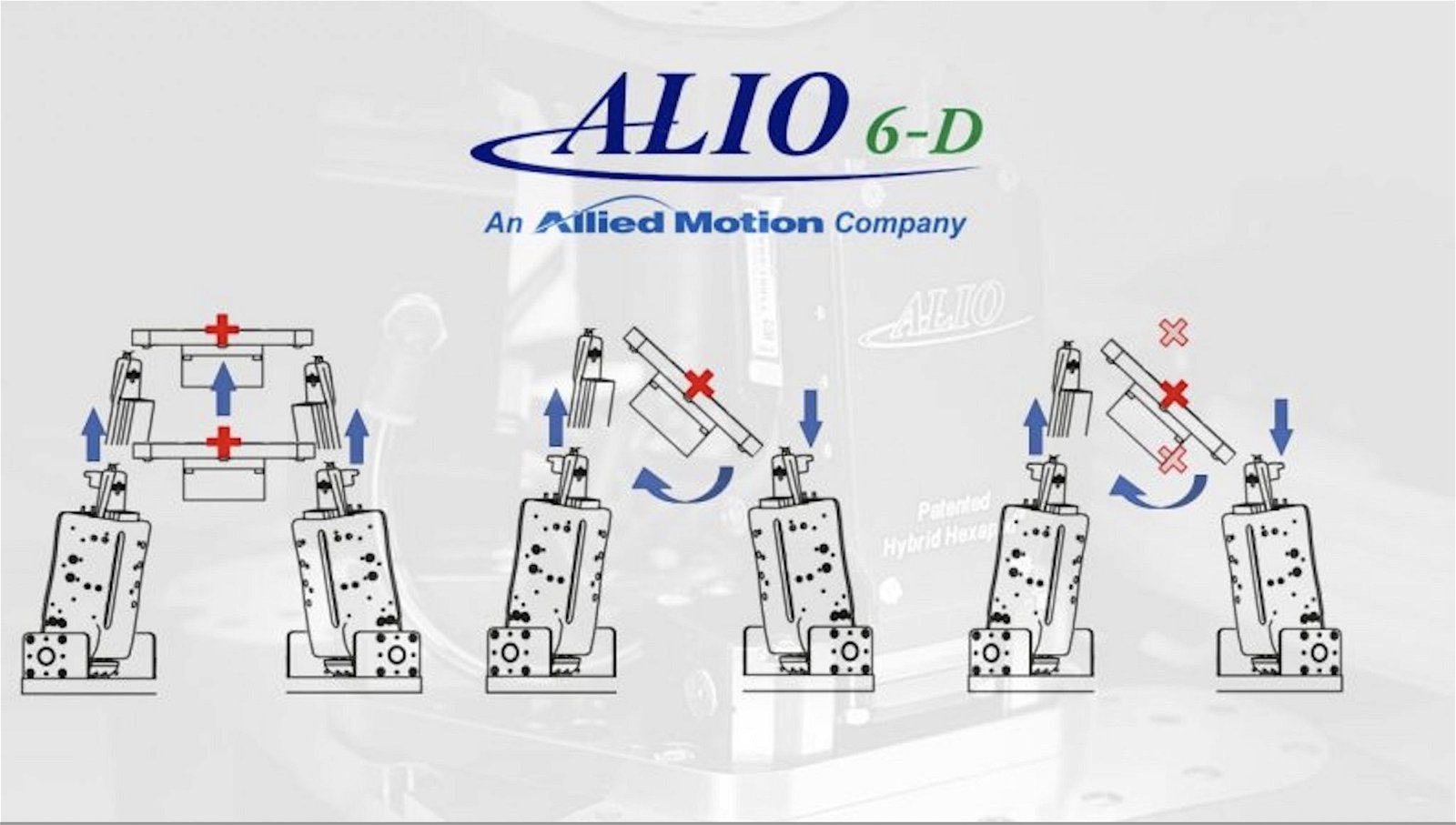
Today,ALIO Industries, a leader in ultra-precise motion control innovation, emphasizes the critical importance of the Tool Center Point (TCP) as the heartbeat of system precision. The company asserts that the true measure of a system’s precision is its ability to consistently and accurately position the TCP in perfect harmony with the workpiece.
In the realm of robotics and automated machinery, the concept of the TCP is integral to the functionality and precision of ultra-precise motion control systems. The TCP is essentially the defined point in space that corresponds to the tip or working end of a tool attached to a robotic arm or machine tool. This could be the edge of a cutter, the tip of a welding torch, or any other point that directly interacts with the material or component being processed. The significance of the TCP is profound as it serves as the cornerstone for all the programming, movement, and operational commands within the system. It is through the accurate positioning and control of the TCP that the machinery can execute tasks with the precision required for tasks such as micro-fabrication, assembly in tight spaces, or intricate welding.
Bill Hennessey, President of ALIO Industries says, “The precision of a motion control system is heavily reliant on its ability to consistently and accurately place the TCP in relation to the workpiece. This accuracy must be maintained regardless of the position or orientation of the tool. To achieve this, motion control systems are often equipped with sophisticated feedback and correction mechanisms that ensure the TCP’s placement is both precise and repeatable. This capability is critical in applications where the margin for error is negligible and the quality of the output is paramount. For example, in the aerospace industry, the precise placement of the TCP can mean the difference between a successful flight and a catastrophic failure. Therefore, when evaluating potential suppliers for motion control systems, one must rigorously assess their technology’s ability to maintain the TCP’s accuracy under a variety of conditions and over extended periods of operation.”
When selecting a supplier for an ultra-precise motion control system, it is imperative to consider several key factors that contribute to the overall confidence in the system’s performance. One must scrutinize the supplier’s track record in delivering systems that consistently meet precision requirements. This includes examining the robustness of the calibration processes, the quality of components used, and the sophistication of the software that manages the TCP’s movements.
Hennessey continues, “At ALIO, we realize that without precise control and knowledge of the TCP’s location, the system cannot perform tasks effectively, which is critical in applications demanding high precision, such as in semiconductor fabrication. Understanding the TCP is critical for motion control innovators such as ALIO because it directly influences the system’s capability to perform complex tasks with high precision. For instance, in a 3D space, even a slight error in positioning the TCP can lead to significant deviations from the intended path or target, resulting in suboptimal or even defective outcomes. Motion control innovators must have a profound grasp of how the TCP interacts with the system’s kinematics and the work environment to create motion control systems that can consistently execute tasks with micron-level accuracy, ensuring reliability and efficiency in high-precision industries.”
Get in touch with ALIO: Expert solutions for your precision motion control needs